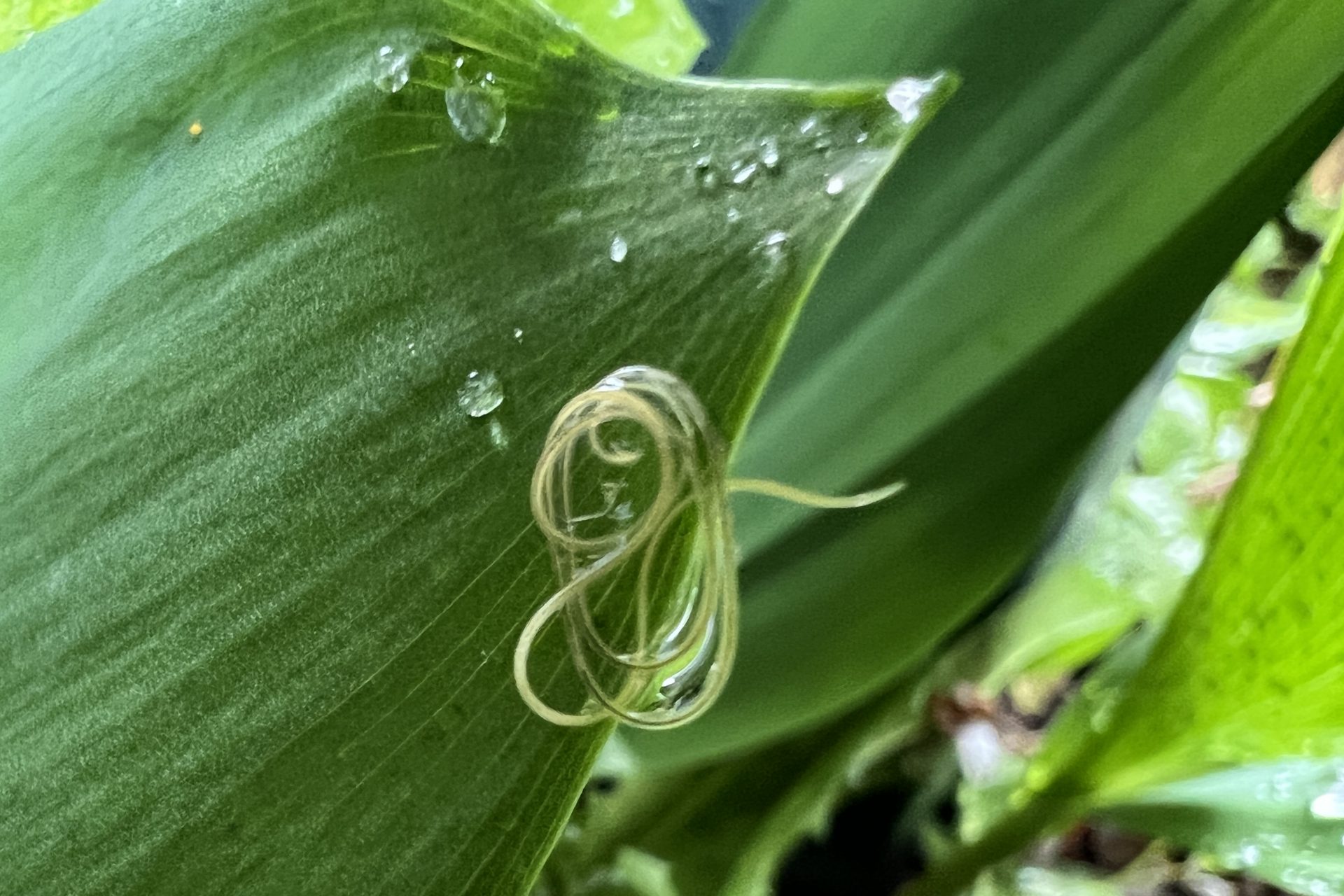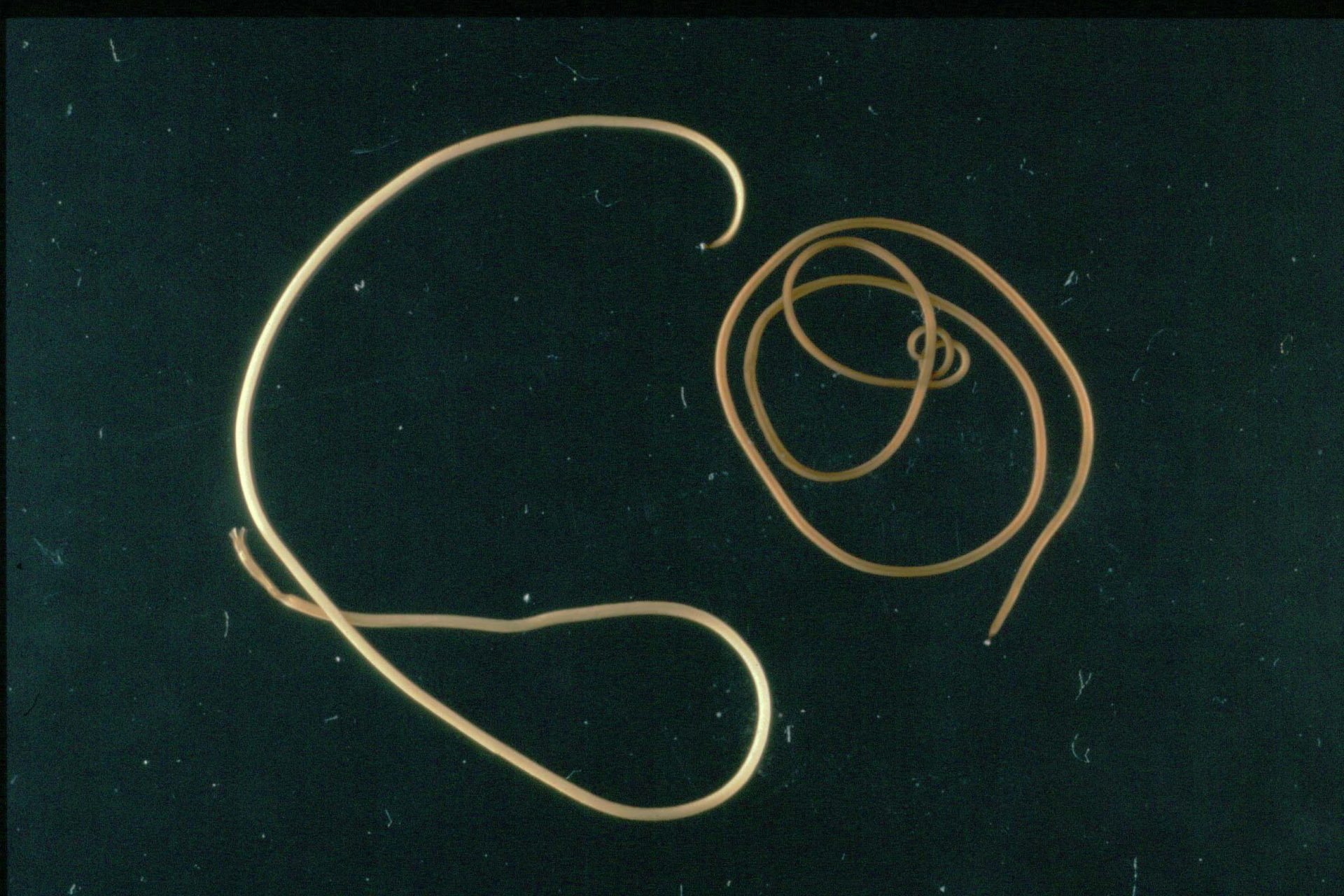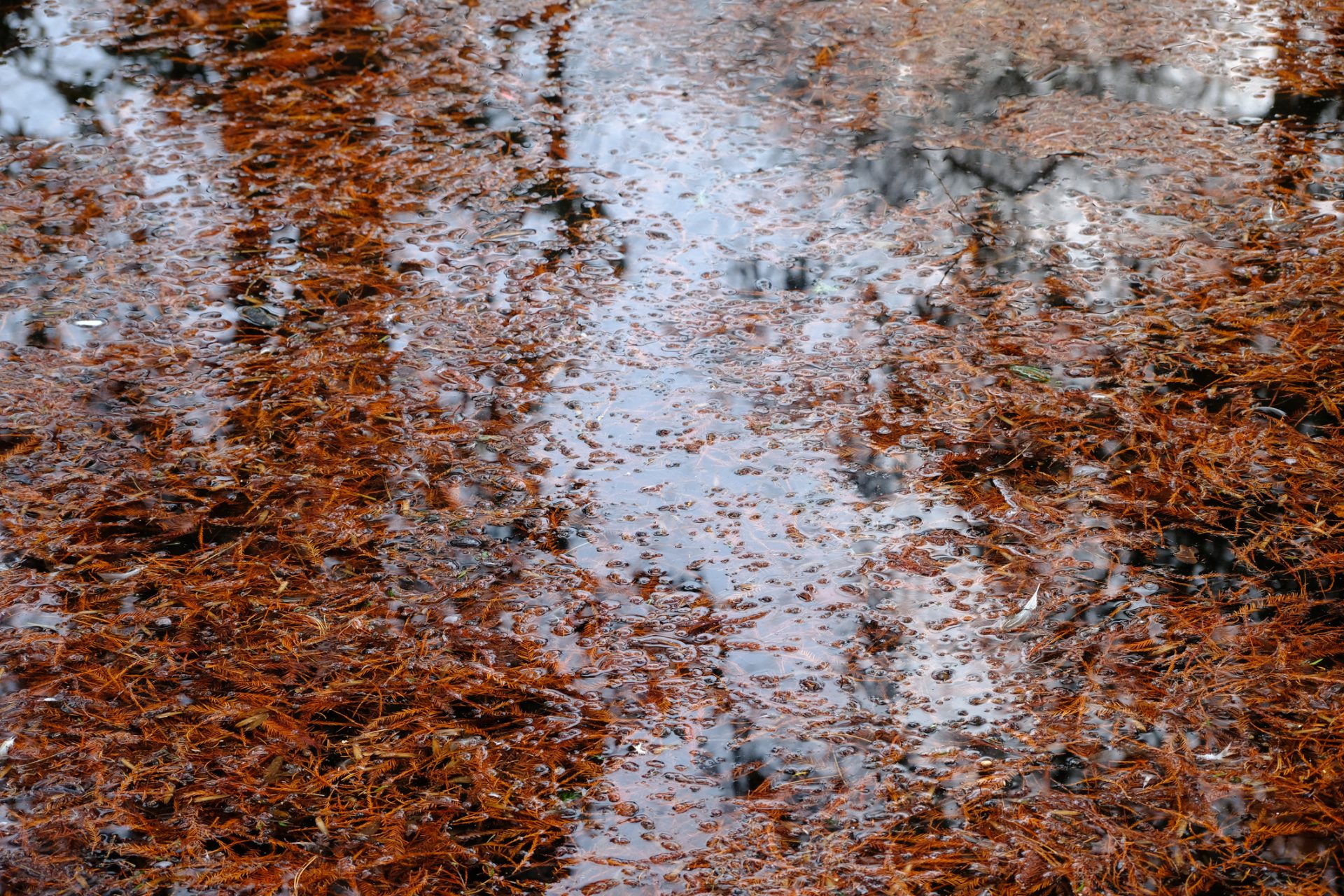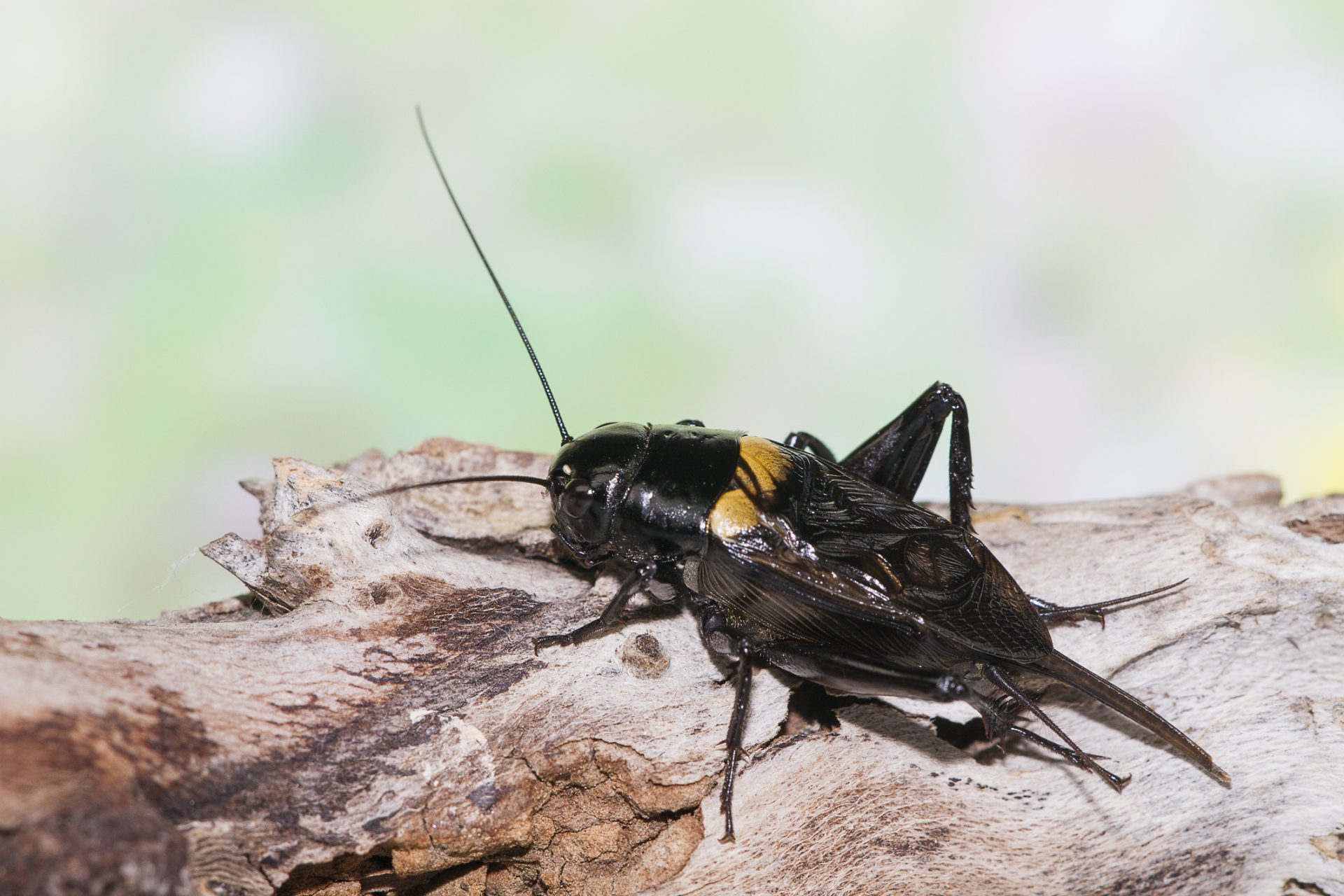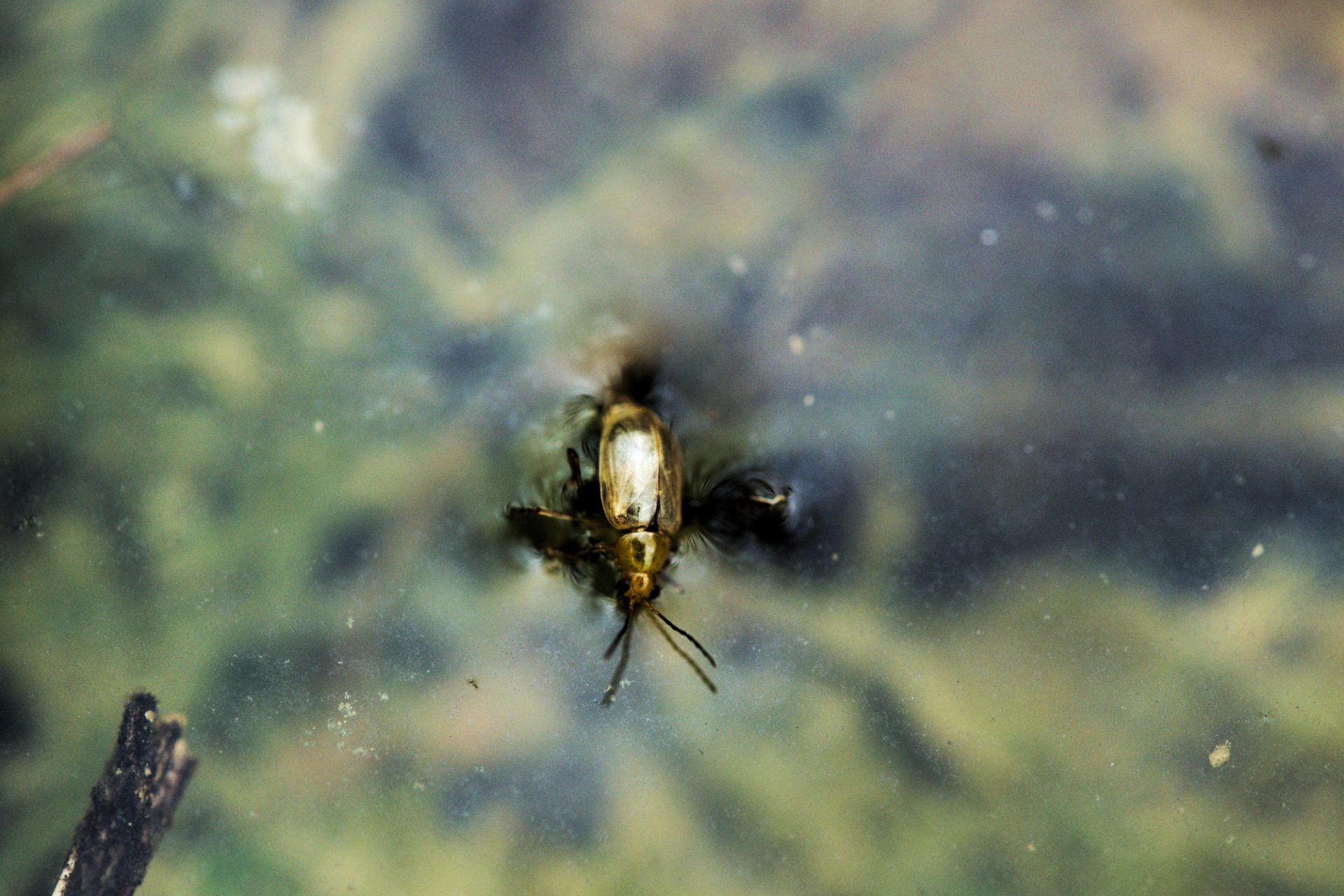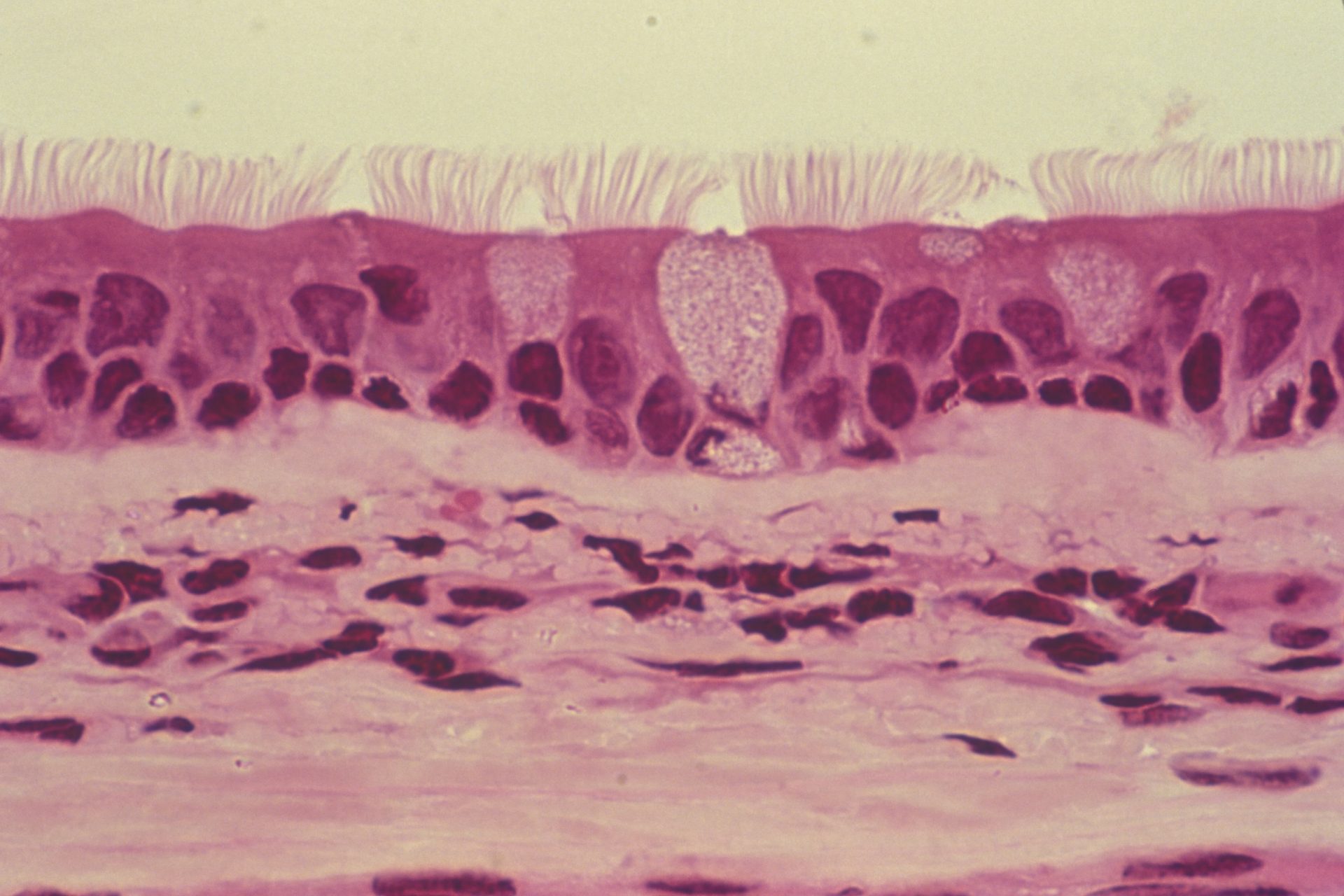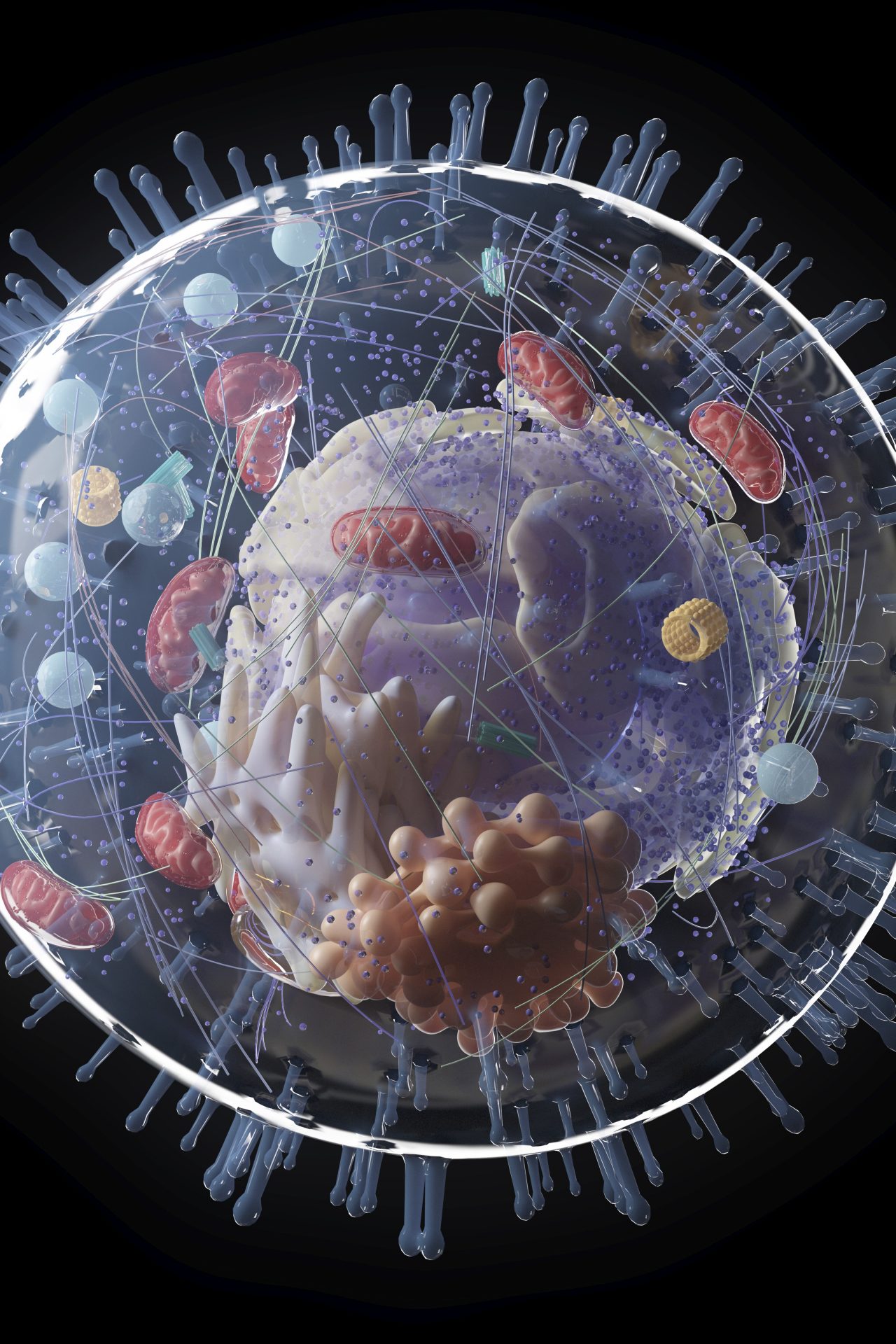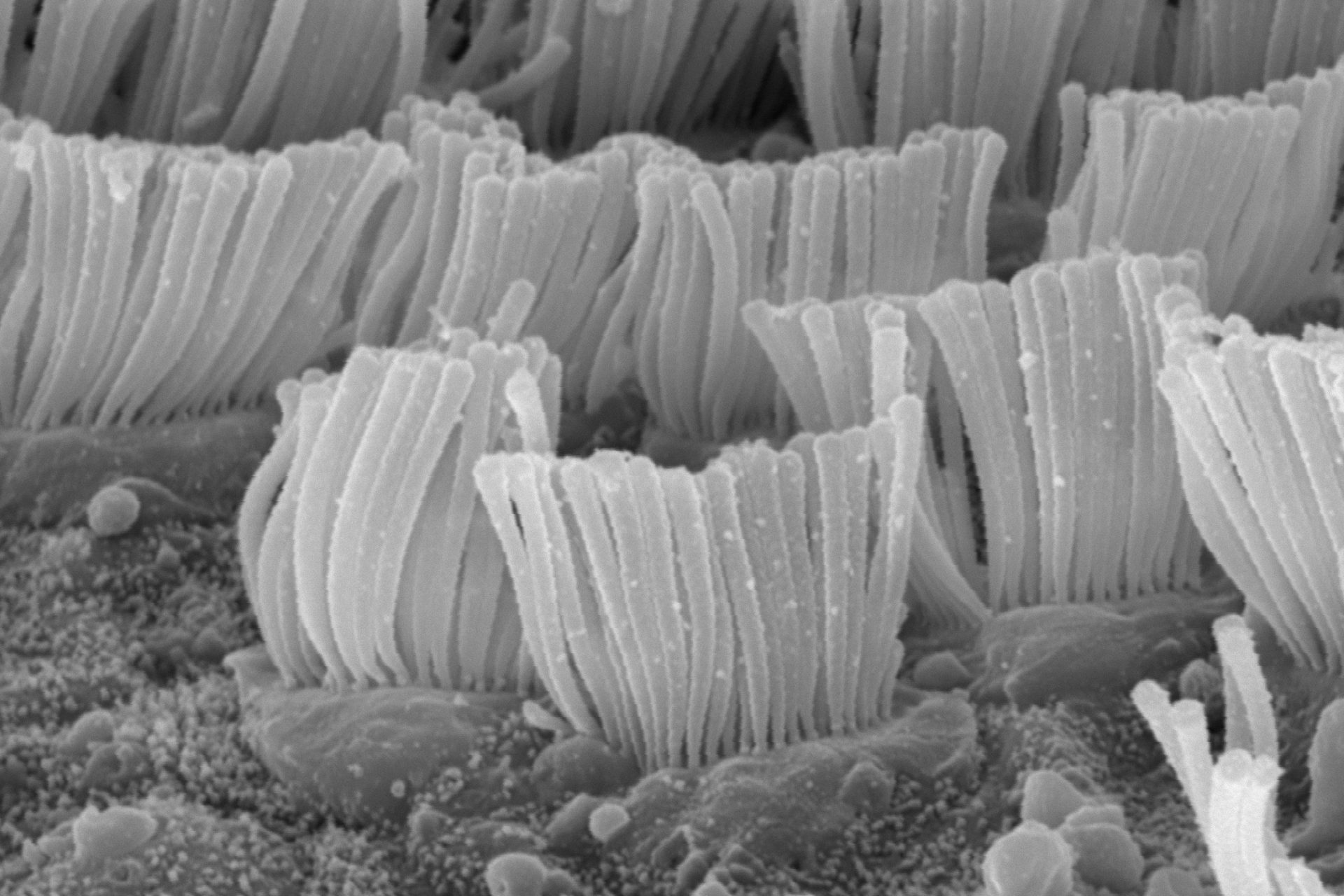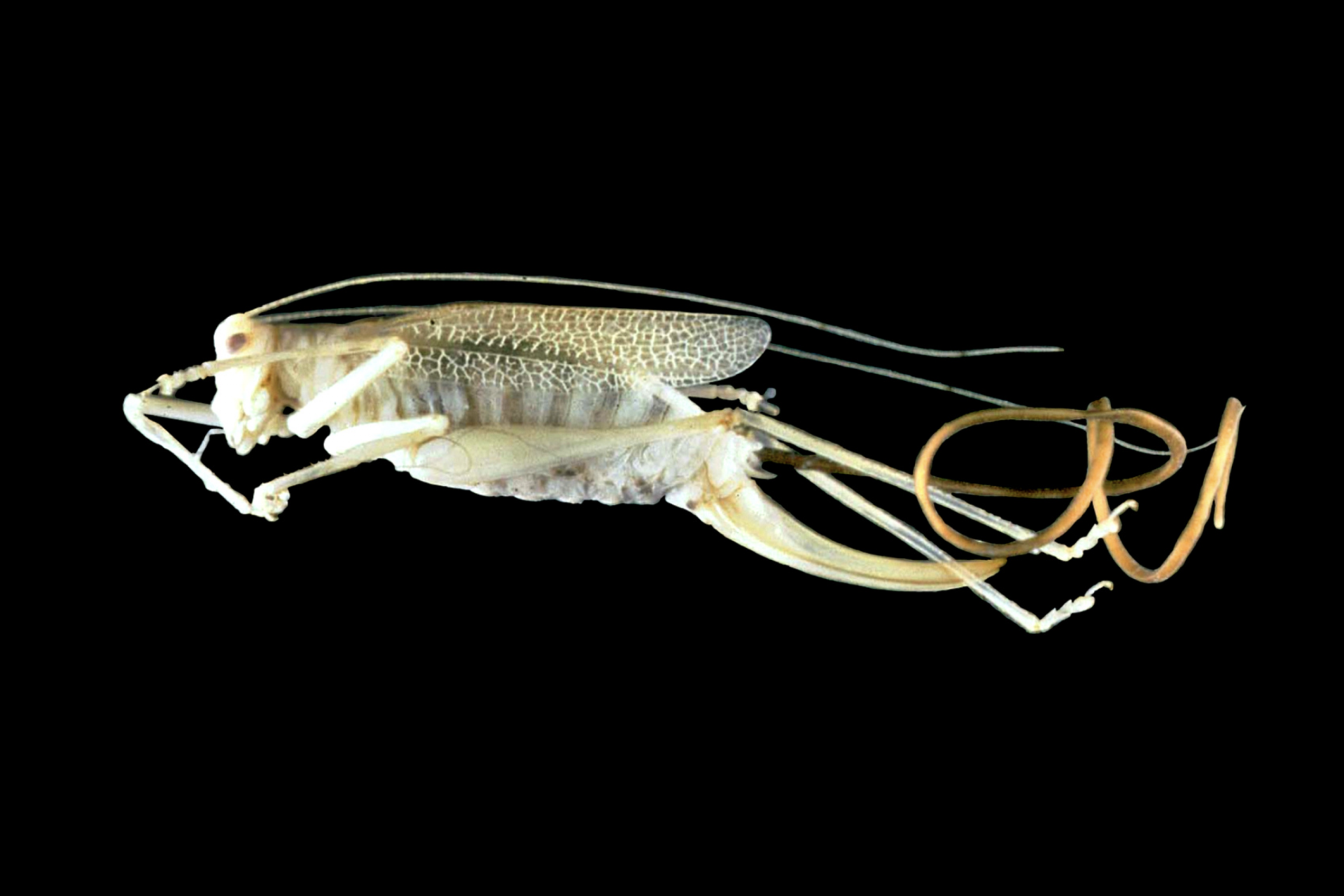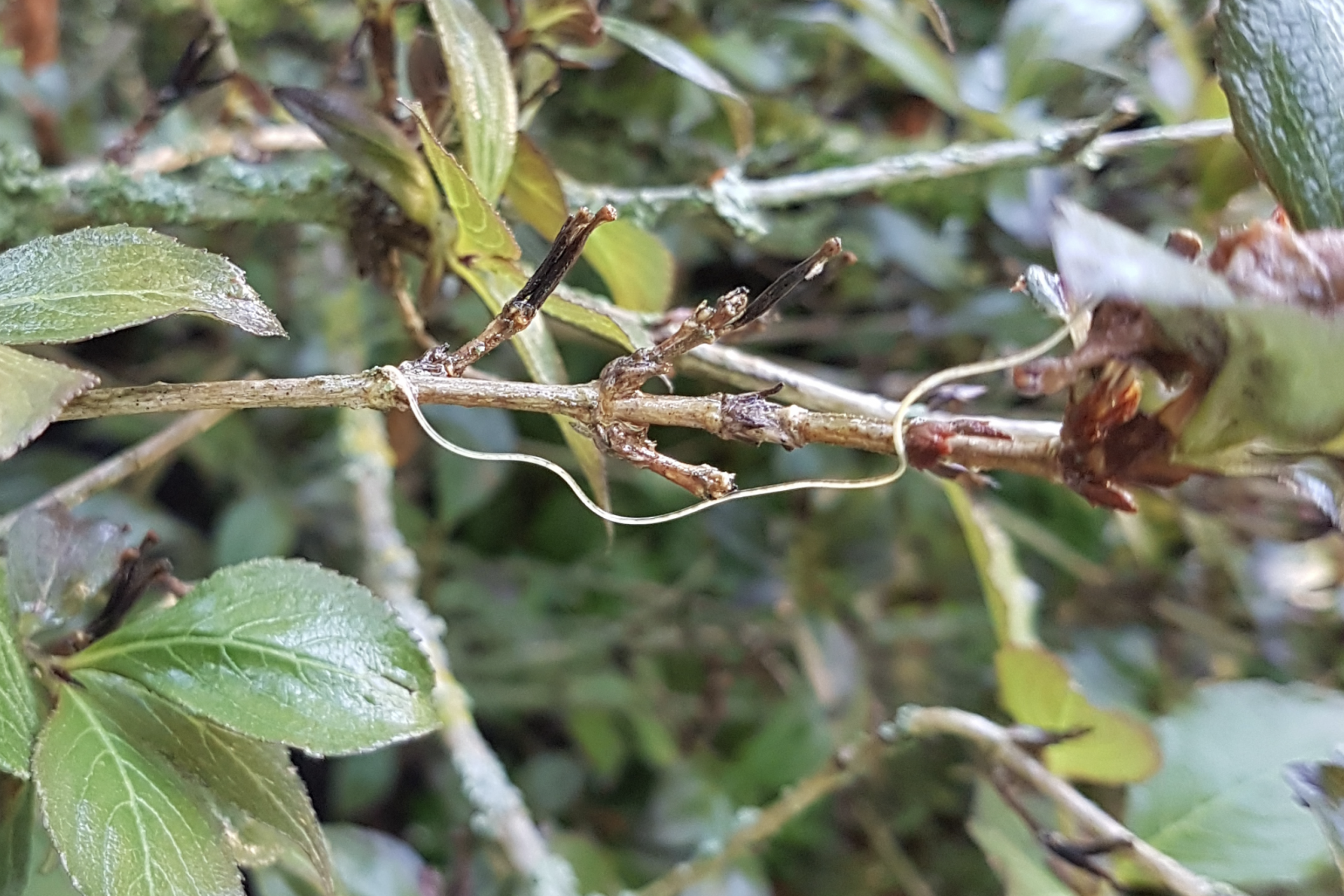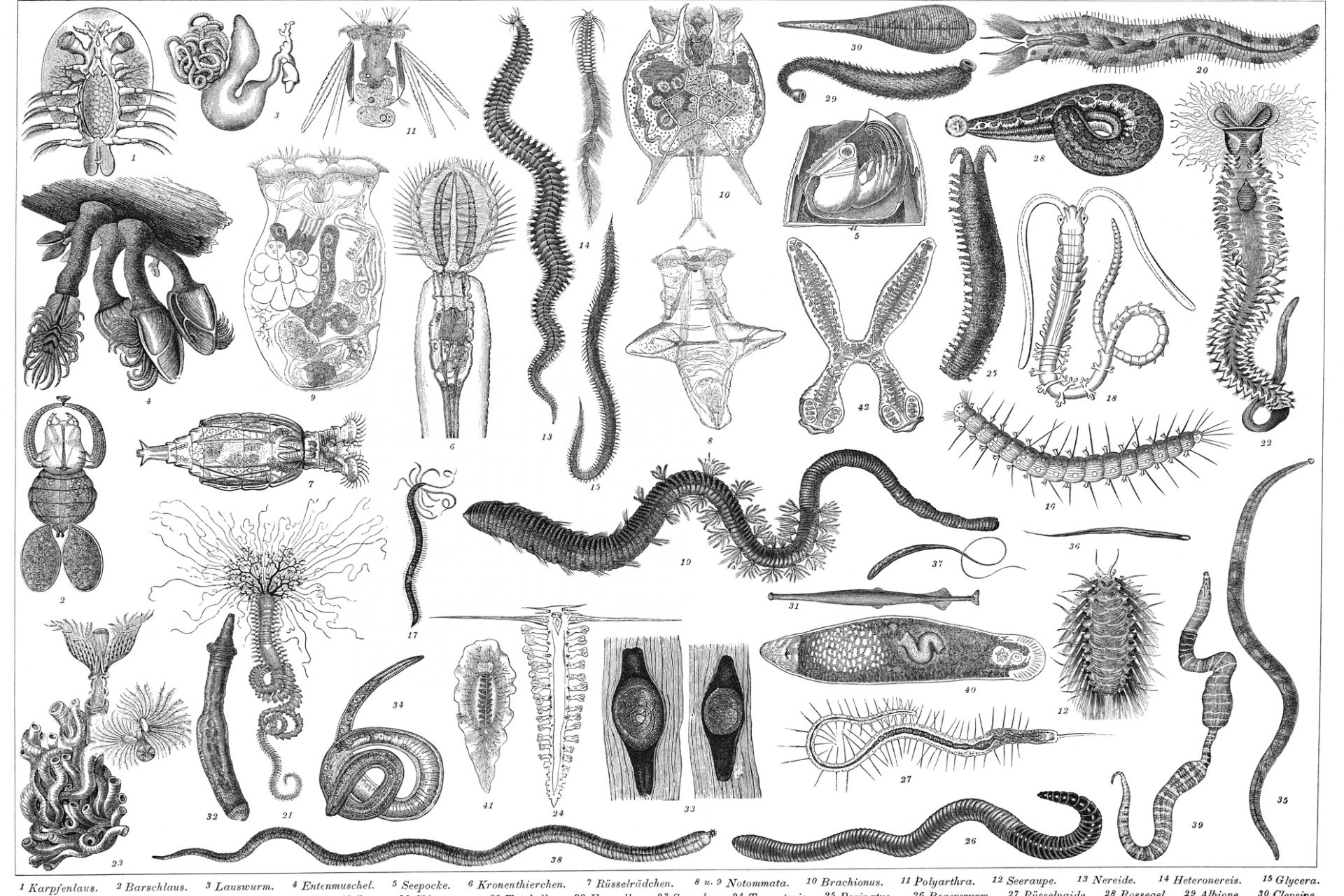The world's weirdest parasite is also its biggest evolutionary mystery
There are likely tens of thousands of parasites on the planet according to the latest research on the topic, but there are few as mysterious as the Nematomorpha, known by its more common name: the horsehair worm.
The horsehair worm is very good at infecting other living organisms and making them do its bidding, but it wasn't until recently that we learned that parasites are a lot weirder than researchers originally thought.
"One of the coolest things, maybe the thing that they are most known for,” said one of the researchers who made the gene discovery about the worms, “is that they can affect the behavior of their hosts and make them do things that they wouldn't do otherwise."
Photo credit: Wiki Commons by By Bildspende von D. Andreas Schmidt-Rhaesa
Let’s back up and get a better understanding of the horsehair worm and what biologists know about this species before we look at the July 2023 study that revealed the weirdest thing about these tiny worms. First, we know the horsehair worm is a parasite that reproduces in water.
Understanding that water is necessary for a horsehair worm's reproduction is important because it explains the worm's behavior. Horsehairs like to infect bugs like crickets and beetles, growing inside them until they’re ready to reproduce according to a CNN report.
Once they’re ready to reproduce, the worms manipulate their host’s behavior to find a body of water where the horsehair worm can work its way out of the bug it's infected so it can mate and lay eggs. Pretty weird right? Well, things get a lot more odd than that.
Research into the horsehair worm has revealed that in addition to their extremely weird parasitic behaviors, it turns out that these tiny creatures are missing a whole lot of the genes almost all animals on Earth share, taking an evolutionary detour, as CNN explained it.
This detour cost the horsehair worm about 30% of the genes you can find in almost any animal roaming the planet now and this was discovered by researchers working on sequencing two species of horsehair worms to help better understand the creatures.
"What we found, which was very surprising,” Tauana Cunha, a postdoctoral researcher at Chicago’s Field Museum of Natural History and lead of the study, explained in a press release on the research that was published in the journal Current Biology.
Cunha also spoke with CNN and detailed why the find was so odd: “There’s a given set of genes that are expected to be found across animal groups,” said Cunha. “It’s used as a metric for the quality of your genome.”
Roughly 200 genes that were expected to be found in the horsehair worms’ sequenced genome weren’t present and CNN reported the researchers thought the missing genes were just an error from their sample but further analysis showed that wasn’t the case.
"The large majority of the missing genes were exactly the same between the two species. This was just implausible by chance," Cunha noted in the press release.
After more research, the study’s authors discovered that the horsehair worm didn’t have the genes related to cilia development. The science gets a little difficult to understand at this point but according to CNN, cilia’s are hairlike structures at the cellular level.
Photo credit: Wiki Commons
“Cilia act as sensors, help cells move, and filter microbes and debris,” CNN noted, “cilia also help microscopic organisms swim and capture food. These structures coat the surfaces of our lungs and respiratory tract and grow in cells in our retinas.”
Cunha noted in the press release on her work that previous research had indicated that horsehair worms probably didn’t have cilium but researchers were never sure until it was confirmed the worms not only lacked cilia but didn’t have the machinery necessary to make them.
"It is likely that the loss happened early on in the evolution of the group, and they just have been carrying on like that," says Cunha, which the press release noted only opened the door for more questions about these weird parasitic worms.
Photo credit: Wiki Commons / CC BY-SA 3.0
The research team doesn’t yet know how the lack of cilia has affected the horsehair worm but the tiny creatures aren’t the only parasites to be missing important animal genes according to Cunha.
Photo credit: Wiki Commons By Markbenecke - Own work, CC BY-SA 4.0
“Parasitic organisms in general are often missing lots of genes. It's hypothesized that because parasites are not using certain structures and instead rely on their hosts, they end up losing those structures,” Cunha explained.
More for you
Top Stories




